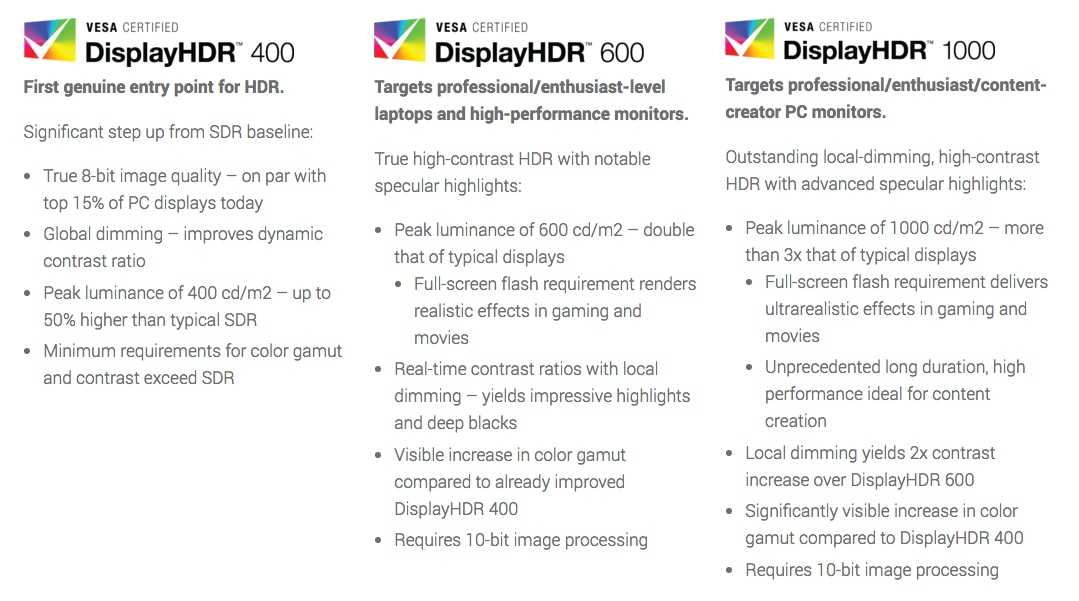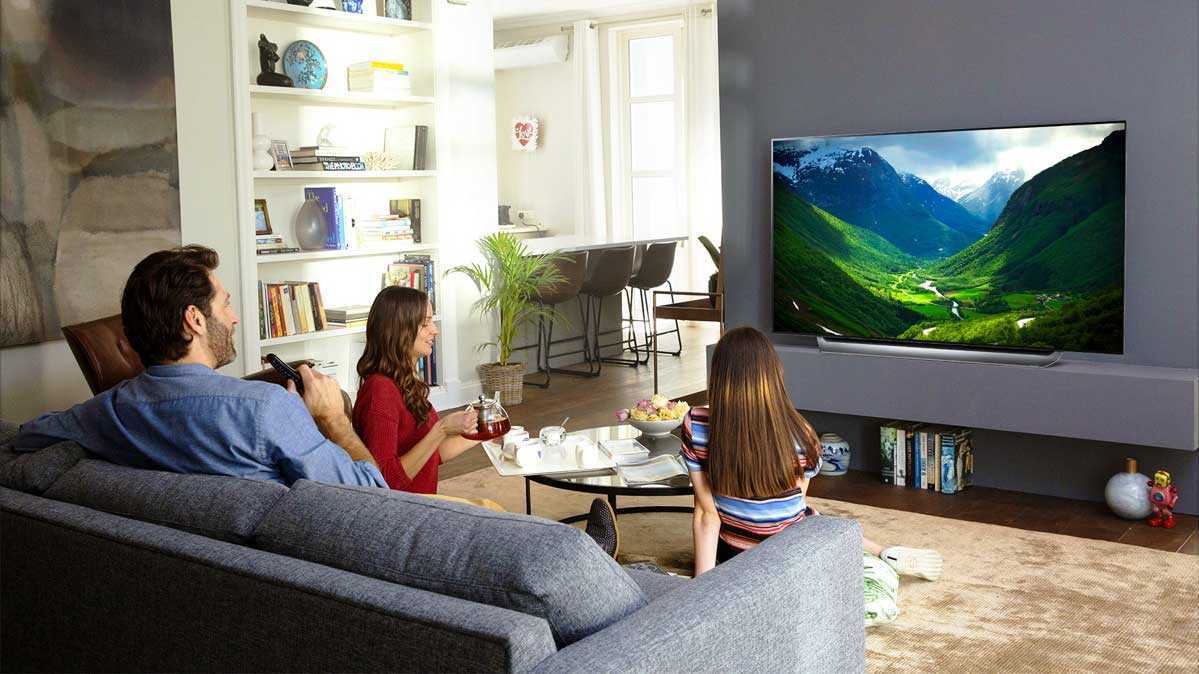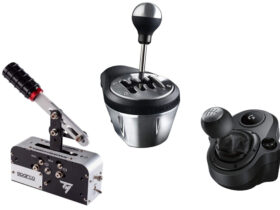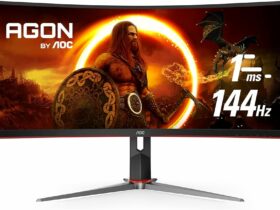Ever since liquid crystal televisions and innovative technologies such as HDR, 4K and OLED hit the market, choosing the right TV has become a tricky business. Let’s find out, in this buying guide, which are the best TVs to buy currently
To the eyes of the less experienced, the TVs on the market today may all seem the same but technologies such as 3D support, the resolution up to 4K and now theHDRthey added a new experience while watching the television. The bright colors, clear and well-defined images push the manufacturers to increase the quality every year, thus meeting the demands of the square, eager to experience their contents in an increasingly immersive way.
I know you are determined to buy a television released this year keep reading, you will receive an overview of the most important products that have captured the scene this past month. But before some explanation on the different types of technologies present on the best TVs on the market.
Best TVs to buy: the parameters to consider
Let’s find out what are the parameters and technical considerations on which to base to choose the best TV suited to your needs.
Smart TV or not Smart TV? – Best TVs
Smart TVs are distinguished from traditional TVs mainly due to the presence of a real operating system installed within the software, a bit like the one installed on smartphones and tablets. It will in fact be possible to connect to the internet, download and install apps, browse the web and download updates to improve the entire software management package.
If your choice is oriented towards a Smart TV it is important to take into consideration, on the hardware side, some characteristics: the processor speed installed, to ensure fast and smooth running of apps, and the presence of a Wi-Fi or / and Ethernet connection, to meet your needs.
However, it is possible to transform a traditional TV (as long as it has an HDMI socket) into a Smart TV thanks to some cheap devices such as the various TV box or the note Google Chromecast.
LCD / LED – Best TVs
LED televisions have monopolized the market replacing plasma televisions. They are cheaper and guarantee lower energy consumption as well as the possibility of drawing a modern and slim design, which allows you to hang the TV on the wall or ceiling without risking your health or the object itself.
The various types of LED panels (IPS on all) have reached excellent levels of color but lack some characteristics such as the contrast ratio, unlike the innovative OLED and QLED.
And to think that when the first plasma TV came out, that technology was seen as a thing to have at all costs: going from large TVs with cathode ray tubes to a 10cm deep screen shocked the market, marking a boom in purchases in all industrialized countries.
OLED / QLED / MicroLED – Migliori TV
OLED is one of the latest technologies presented on these electrical appliances. Obviously it is very expensive, like any new technology launched on the market. The difference from an LED TV is that it does not have a backlit panel behind it. In fact, pixels light up autonomously: this technology allows greater energy savings and also the eyes suffer less effort, effectively gaining also in terms of health. THE colors are great and above all the contrast ratio (infinite) it is remarkable. The costs are still high and there is concern for the durability of the panel which seems inferior to that of an LCD panel.
Technology QLED (Samsung’s alternative) instead has yet to find its way of development, for now it is little used. The QLED panels are similar, in terms of visual quality, to screens with OLED technology even if they cannot reach their percentage of black, since the pixels remain lit anyway. Colors and brightness peaks are the advantage of QLEDs over OLEDs. A third technology is making its way into the world of televisions and is that of MicroLED, essentially it is a technology based on LCD or QLED that however uses a very fine backlight that allows you to obtain a very high contrast, much closer to that of OLEDs. .
Unfortunately there is no definite choice on the best category: the various technologies have strengths and weaknesses that make us lean towards one side or the other. There is still no technology that collects all the advantages in one panel.
Curved displays, is it worth it? – Best TVs
Recently, major TV and monitor manufacturers have launched devices with a curved design on the market. The purpose? Involve the viewer more, wrapping his field of vision as much as possible. The cons? This only works if you are in a front potion.
Resolution – Best TVs
Most TVs currently on the market have three different resolution types: HD Ready pari a 1280×720 pixel (o 1366×768 pixel), Full HD equal to 1920 × 1080 pixels e Ultra HD (4K) equal to 3840 × 2160 pixels and slowly also 8K (7680 × 4320 pixels). Here the choice is quite obvious: the larger the panel resolution, the better the image quality… And the higher the price.
HDR – Best TVs
HDR stands for High Dynamic Range. It guarantees a better color rendering thanks to different management of brightness and contrast, it is one of the technologies that has most revolutionized image quality in recent years. It is not present in the low-end models in general.
The new standard Display HDR divides HDR TVs into three quality bands, that is HDR 400, HDR 600 e HDR 1000. The numbers refer to the peak brightness expressed in nits reached by the monitor

3D Support – Best TVs
Support for 3D is a plus that, as long as you have the right content, gives you an incredible level of immersion. L’3D effect allows you to enhance the depth of images reproduced on the screen using various technologies, accompanied by the use of active or passive glasses. It is now a declining technology.
Audio – Best TVs
Sometimes, the audio aspect is left out when choosing a TV, until you sit on the sofa, turn on the set for the first time and the audio quality is not satisfactory or not powerful enough. Video quality yes, but let’s not forget the audio. And this not just when it comes to the audio quality of the TV itself, but also the possibility of a possible expansion with other peripherals (soundbar, speakers, subwoofer, etc.).
So let’s make sure that the device is compatible with multi-channel audio coding systems (virtual or real) such as Dolby Digital O DTS (Digital Theater System) and that the power of the audio output is acceptable.
Beware of DVB-T2 technology! – Best TVs
Full support for the new generation digital terrestrial will only be guaranteed by televisions compatible with DVB-T2 technology which support H.265 / HEVC codec. All modern TVs should be compatible with this standard, but beware of low-end models, especially for compatibility with H.265 / HEVC.

Best TVs to buy: 4K, HDR, OLED and cheap
After seeing what are the technical aspects to take into consideration before buying the best TV adapted to your needs, it’s time to move on to list of the best TVs available on the market this month.
Best cheap TVs (from 300 euros to 500 euros)
Best mid-range TVs (from 500 euros to 1000 euros)
Best high-end TVs (from 1000 euros to 2000 euros)
Best TVs ever (from 2000 euros upwards)
No products found.
Best TVs to buy: is it worth the money?
A question that is regularly asked is: is it worth investing a considerable amount and then finding yourself in the new year with a technology that will make the model you have just purchased obsolete? The answer is simple: of course, next year there will be innovative technology that will make your old TV out of the way.
But this is technology, technological development, if there were no progress we would still be with steam engines or with huge TVs but with very small screens.
We can however add that the latter technologies will not be replaced anytime soon. In fact, many advances have been made in this direction and now it seems that the manufacturing companies have almost reached the highest quality they can offer while maintaining affordable prices.
For the next few years, let’s get ready for the arrival of the 8K resolution he was born in new HDMI 2.1 input on the best TVs. This latest connection technology, when it arrives, will be usable only for video games that will make the most of the new bandwidth of the next generation consoles.
To conclude, if you are not a video game enthusiast, you can really buy your TV right now and start enjoying the show of 4K et al.
See you next month!
This buying guide for best 4K, HDR, OLED TVs and more ends here. For any doubt or question about the suggested products, do not hesitate to use the comments box below.















